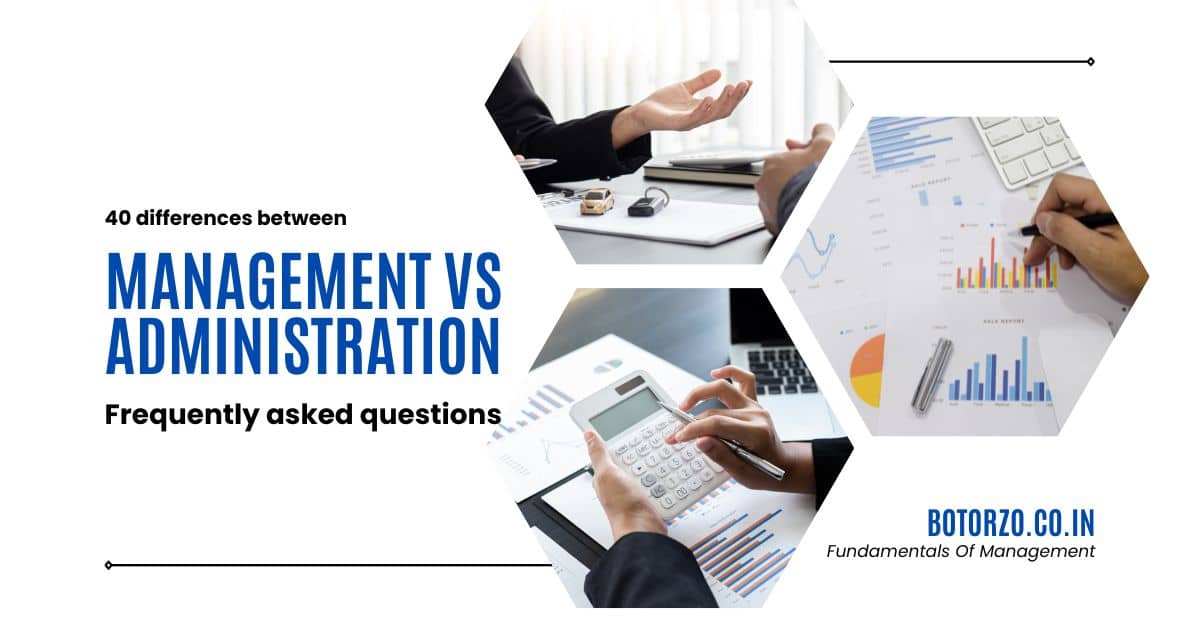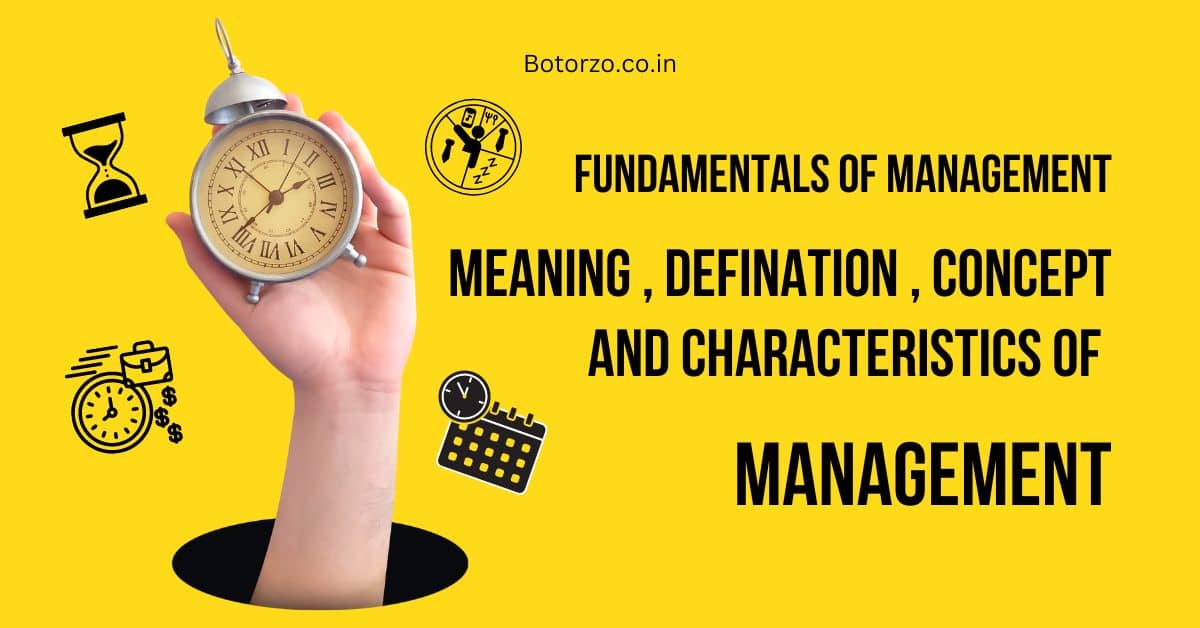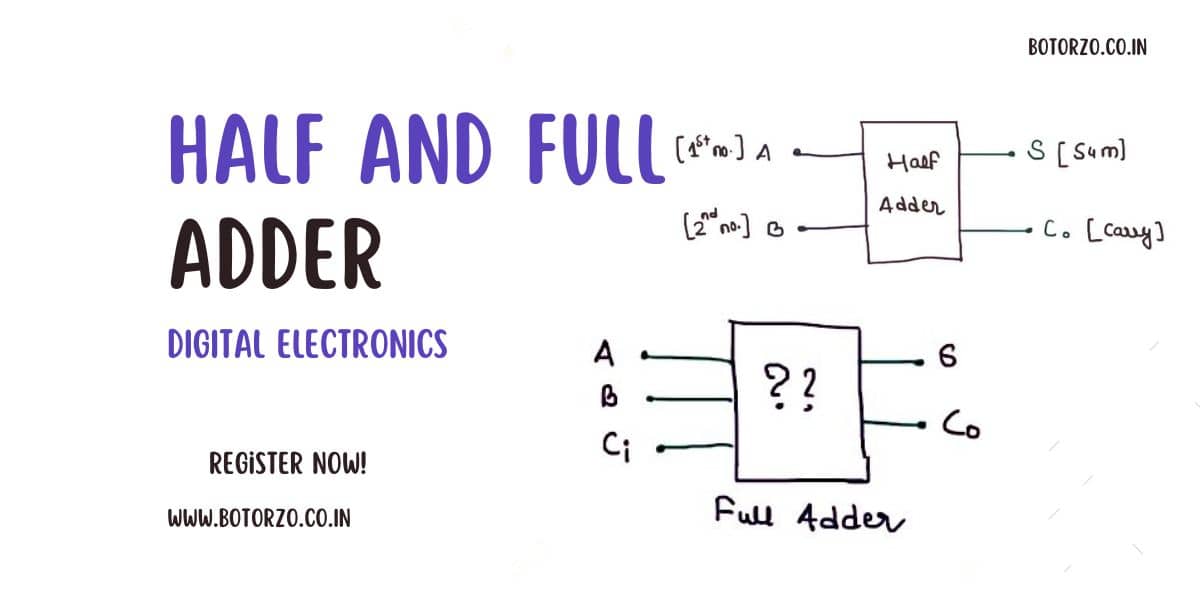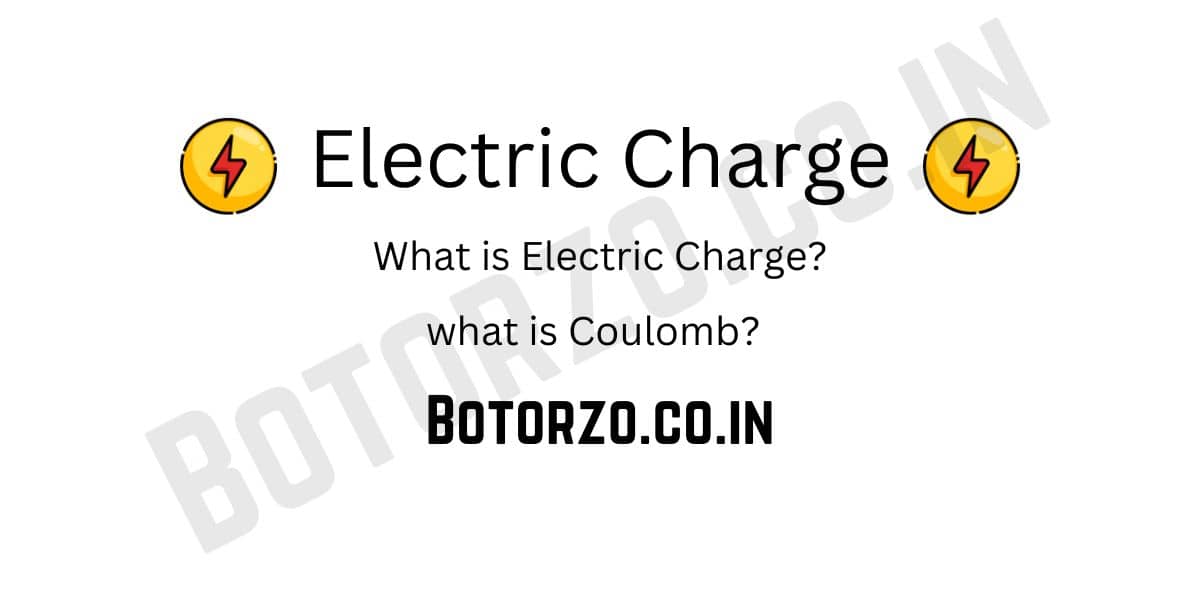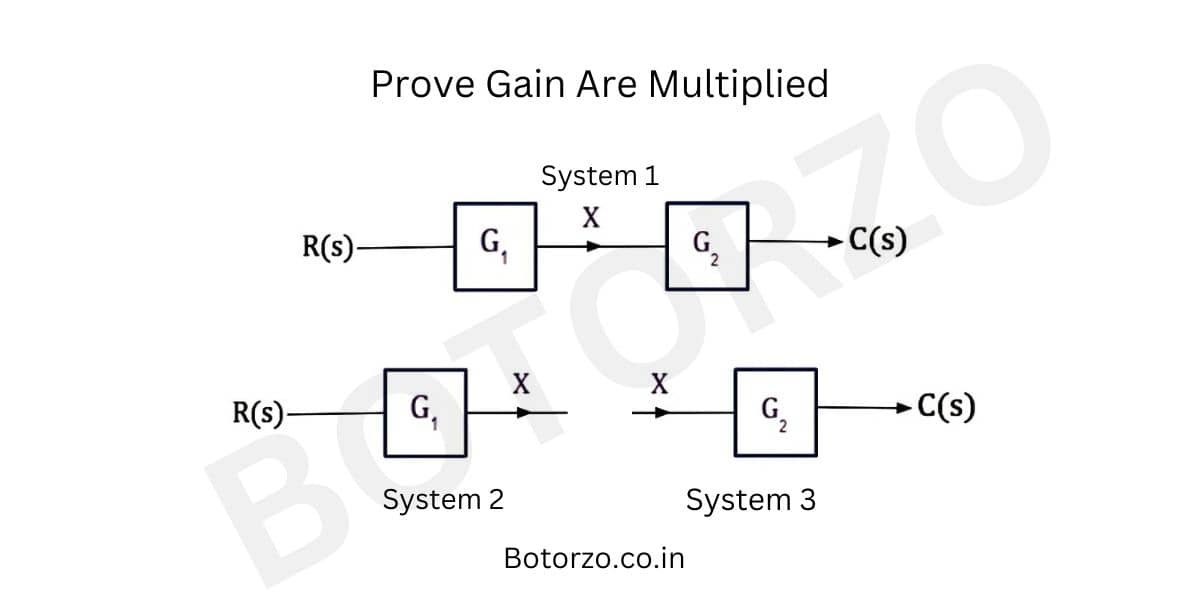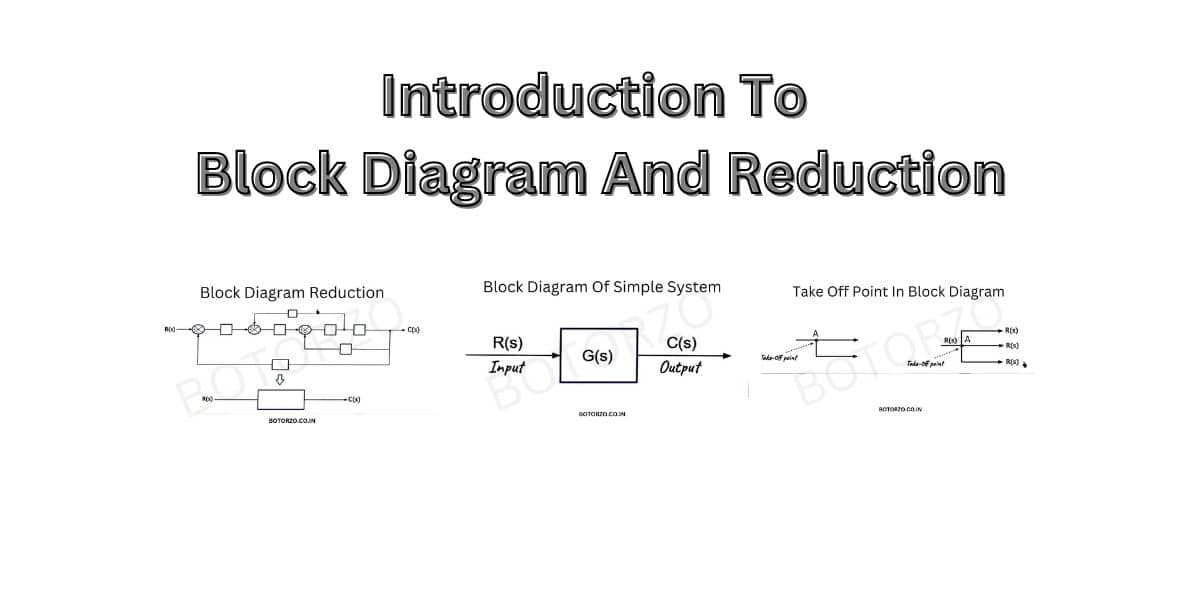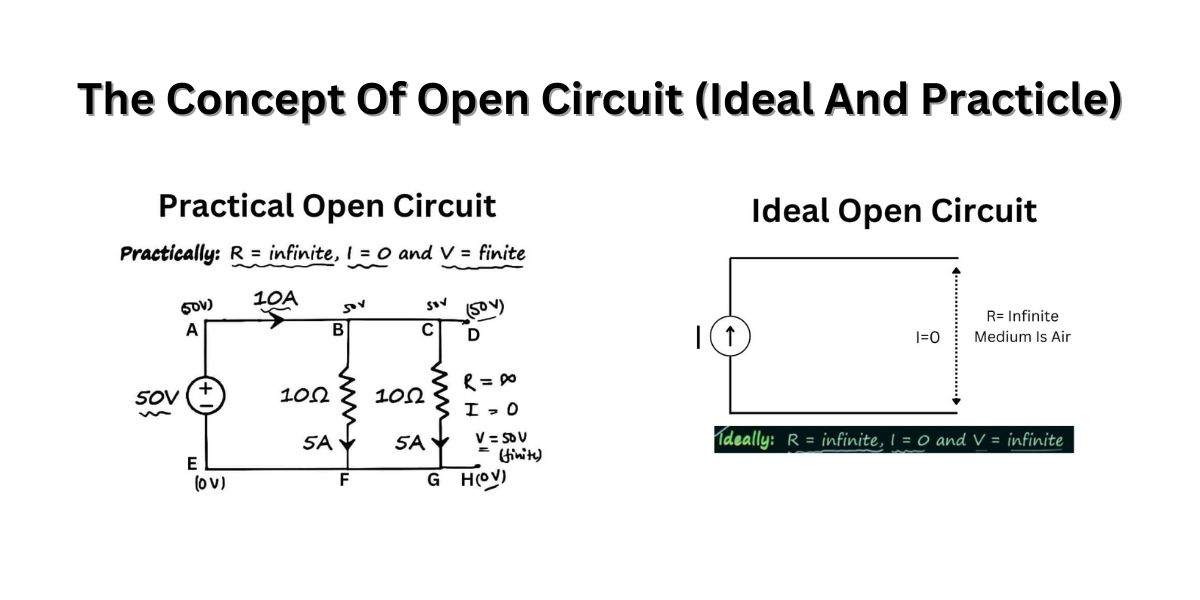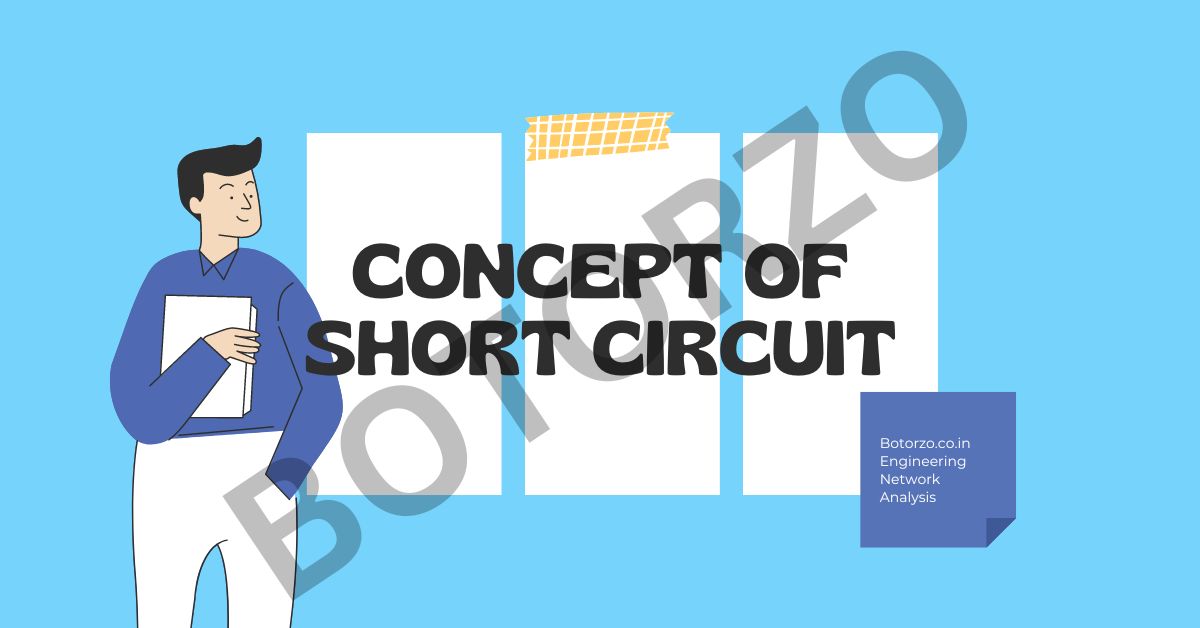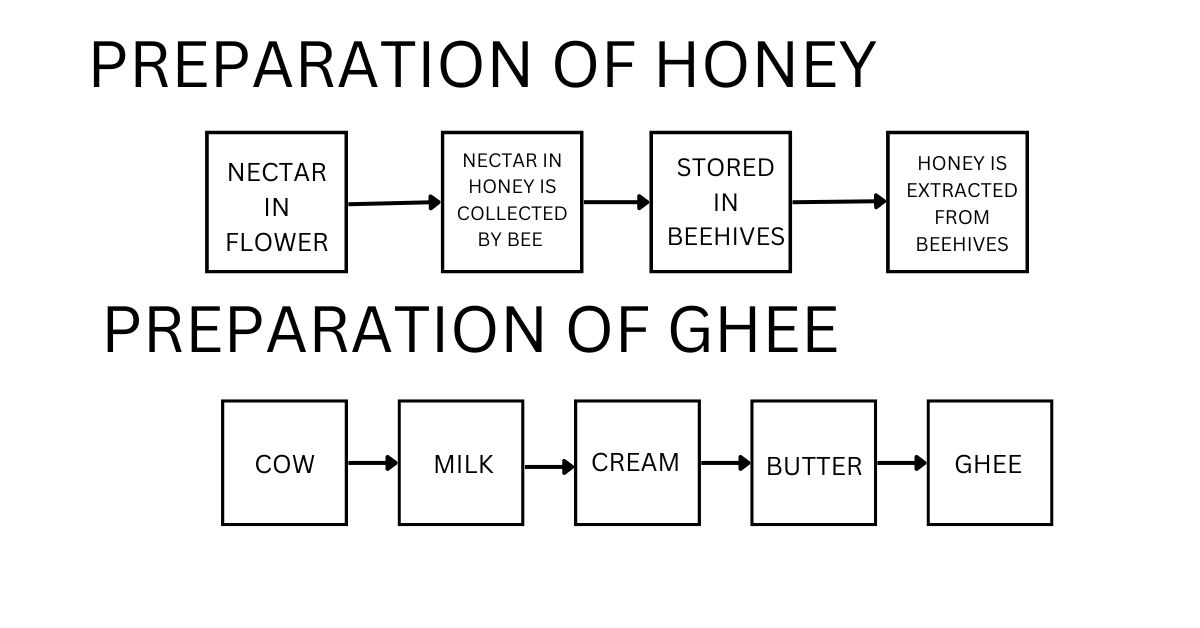40 Difference between management and administration (PDF)
In this article, we are going to learn about administration, management, and the difference between management and administration. What is administration? The term “administration” refers to the process of administering and coordinating the day-to-day operations of a business or government agency. Planning, organizing, staffing, directing, coordinating, and regulating resources (such as people, materials, and cash) … Read more

